To succeed in ecommerce, you have to recognize the fact that every visitor matters. Each time someone lands on your website, it’s an opportunity for you to make a sale. The problem is, there are a lot of ways to move a prospective customer from “just looking” to “buying now.”
Though it’s important to have specific customer personas that guide you in building your marketing and sales efforts, it’s also imperative that you remember that every customer is different.
What motivates one person to buy before leaving your website might not necessarily motivate the next person. To be effective, you can’t just cater to one type of customer—you have to meet the needs and expectations of many.
So the question is, how do you do it? How do you work to capture the attention of every type of person landing on your website and successfully persuade them to act now instead of later (or worse, not at all)?
It all comes down to your ability and willingness to test different types of conversion tactics throughout your website and multichannel listings.
Here are the 12 most popular tactics successful ecommerce entrepreneurs and business owners are using today to drive more website visitors to buy before leaving:
1. First-Time Visitor Special / Entrance Pop-Up
The easiest tactic that can drive more people to buy when they first land on your website is the entrance pop-up. An entrance pop-up is a special offer that appears within a few seconds of a visitor landing on your website. They’re meant to make people feel excited about the prospect of buying something on your website, and, when done right, they can be an incredibly effective way to nudge hesitant first-time visitors to buy.
Popular examples of offers you can present in entrance pop-ups include:
- Promo codes in exchange for email addresses
- Promo codes reserved for first-time buyers only
- Free shipping offers
- Limited-time discounts on select products
- Discounts on low inventory items
- Additional free products included in orders if the buyer surpasses a certain monetary amount
- Up-sell and cross-sell offers
To learn more about how pop-ups impact ecommerce conversions, read this great blog post from ReferralCandy.
To add pop-ups to your ecommerce store, use tools like WisePops, List Builder from SumoMe, or find one that integrates easily into your ecommerce software platform (for example, here’s some that work with Shopify).
Example from Filson
Example from BarkBox
Example from Joss & Main
2. Proactive Customer Service
Another simple way to build trust with visitors and help move them toward making a purchase is by being more proactive when it comes to customer service. Some business owners are of the minds that customer service only comes into play when there are problems or complaints to report, but smart business owners know better. They know how impactful upfront customer service can be in building trust, overcoming objections, and ultimately helping prospective customers make a decision now rather than later.
To be more proactive in serving your customers, there are a few things you can do:
- Offer live chat on product pages: help answer any questions your website visitors might have about your products. Not entirely convinced live chat is worth it? Read this blog post from LemonStand.
- Include FAQ sections on product pages: add commonly asked questions and answers below the fold in order to overcome objections and provide prospective customers with all the information they need to make a decision.
- Show people how to contact you: include a phone number, email address, or contact forms prominently on your website and encourage visitors to reach out directly if they need help or have questions.
Example from Zappos
Example from Modcloth
3. Guest Checkout / Express Checkout
To get people to buy your products, you want to make it as easy as possible to land on your website, find your products, add them to their cart, and checkout. Another tactic you can try testing on your ecommerce site is incorporating a guest checkout or express checkout feature into your order process.
Getting as much information as possible from your customers is useful for many reasons, but the initial sale is more important. In order to get it, only ask for the bare minimum information you need, then follow up with them via email at a later time and encourage them to create an account and provide you with more information. Make the entire process seem quick, simple, and incredibly easy to go through.
If you can remove the barriers and make your ordering process simple, more people will be likely to buy.
Example from Ray-Ban
4. Abandoned Cart Email
If you’re just not quite able to get visitors to click buy, but you are able to get them to the point where they’re adding items to the shopping cart, one of the most effective and popular tactics you can implement is sending follow-up abandoned cart emails reminding almost-customers about the products they were interested in.
To make your abandoned cart emails particularly effective, you can also include more information that intentionally drives people to buy, such as:
- Scarcity language (only 2 more left in stock!)
- Urgency language (shopping cart expires in 2 hours!)
- Social proof (25 other people bought this product last week!)
- Testimonials (“I love this product when it finally arrived!”)
- Special coupons (buy it for 5% less!)
Example from Fab. (Source: Shopify)
5. Urgency/Scarcity Statements
I mentioned it briefly above, but it’s worth mentioning again: a lot of ecommerce stores use urgency and scarcity statements in order to drive more people to buy now rather than later. This is arguably one of the more well-know and commonly used tactics being used today, and it’s because it works incredibly well.
Examples of urgency/scarcity include language like:
- Sale ends soon!
- Limited time offer!
- time is running out!
- only 2 more left in stock!
- 15 days remaining!
- Promo code expires in 3 days!
- working countdown timers
If you’re interested in learning more about urgency/scarcity, spend some time reading this blog post from VWO.
Example from Land’s End
6. User-Generated Content & Campaigns
A big part of driving people to buy your ecommerce products is about building trust. The fact is, people want to feel confident that they’ll not only get what they paid for, but that they’ll actually like what they bought. A great way to help them overcome their objections is by sharing content and information from other happy customers who have already purchased the products they’re considering buying. This is what is referred to as user-generated content.
The most popular way to do this right now is by asking happy customers to post photos of themselves using or wearing products on Instagram.
Implementing this strategy is fairly simple: the first thing you need to do is decide on a hashtag to use. Using a hashtag will help you encourage your community members and customers to participate, and it’ll help you organize all the photos that are being posted. The next step is incorporating photos onto your product pages and making it possible for visitors to buy the products they see in photos submitted by users. There are a lot of apps and tools out there that can help you do this (here’s one example from foursixty).
Examples from Banana Republic
7. VIP Treatments
To persuade people to spend money, you have to treat them like royalty. That means giving your website visitors the VIP treatment in whatever way possible. It might be by offering them exclusive discounts and memberships, or it might simply mean showing them that you care about their opinion—that what they say matters to you and you’re not just in it for the money.
To implement this tactic, simply think about who your customers are, and how you can delight them. Your goal should be to create an unforgettable experience that makes them want to be your customer.
Example from Fabletics
Example from Madewell
8. Clear Shipping & Returns Policies
This is another more obvious tactic, so I won’t spent too much time on it other than to say this: if you want to get people to buy, tell them exactly what to expect when it comes to shipping and returns. Buying online can be stressful for people who like being able to try and use products before they buy. Alleviate their concerns by being upfront about your policies.
Example from Beardbrand
9. Personalization Whenever Possible
Real-time personalization is becoming a lot more popular these days with all types of websites. The basic idea is this: if possible, you should try to change the look and feel of your website based on the information you have about the person looking at it. For example, with real-time personalization, you can do things like:
- use first names in headlines
- customize the products that display on your homepage
- Recommend related products that a visitor might be interested in
- Show visitors products that they left in shopping carts on previous visits
- Show visitors different products base on where they live (hot weather vs. snowy weather)
The purpose of personalization is to give visitors the impression that you know them. You know their needs, you know what they like, you know how to help them.
To learn more about how personalization is impacting ecommerce, read this fantastic blog post from foundr.
Example from ShopDirect
10. Go All in on Social Media
These days, you can’t create and nurture relationships with potential customers without engaging authentically on social media sites. In order to drive more people to buy from you, you have to show them that you care. You have to be present, you have to engage, and you have to accept and use social media as a primary tool for communicating with your customers.
That means dealing with the good and the bad. It means thanking people for positive reviews, answering customer support questions, and responding to complaints. If you can make an effort to invest in participating on social media for your ecommerce business, it will pay off. For help getting started, read this blog post from CartHook.
11. Exit Pop-Up
In addition to creating entrance pop-ups, you can also try launching exit pop-ups on your ecommerce site. They essentially work the same way as entrance pop-ups, except your strategy is to catch people who try to leave before buying. You can offer the same type of incentives in exit pop-ups (discounts, free shipping, free gifts, etc).
With exit pop-ups, you use language like:
- wait!
- don’t go!
- before you leave…
- hey, one second!
To learn more about how to implement exit pop-ups on your ecommerce site, read this blog post by Gleam.
Example shared by Gleam
12. Retargeting/Remarketing Campaigns
The final tactic to try if you’re having trouble getting people to buy before they leave is to create and launch remarketing campaigns. Remarketing ads follow your website visitors around the web as they visit different sites and check Facebook and remind them about your products. They’re fairly simple to set up, and not terribly expensive.
To learn more about this topic, check out this blog post from ConversionXL.
What other tactics are you using to drive visitors to buy now instead of later? Tell me in the comments section below!
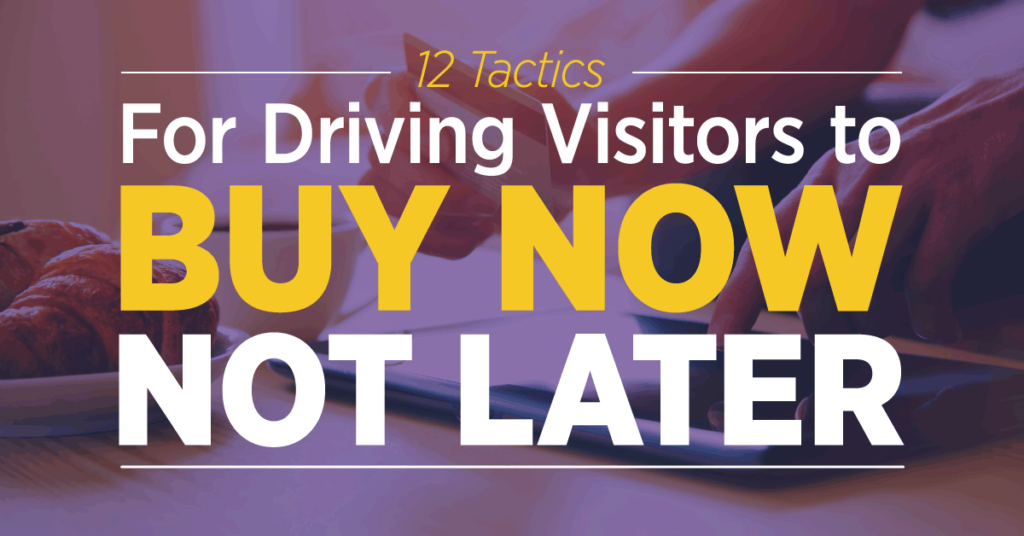

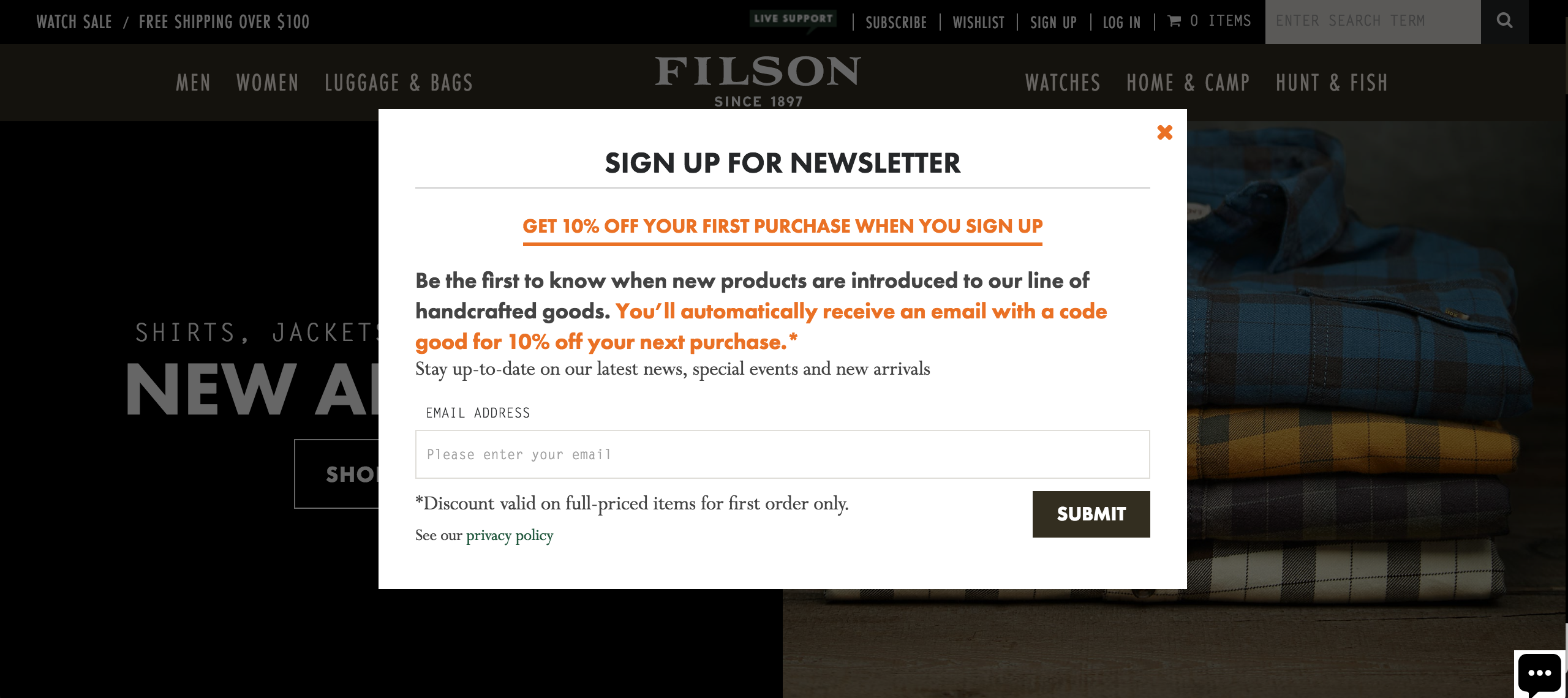
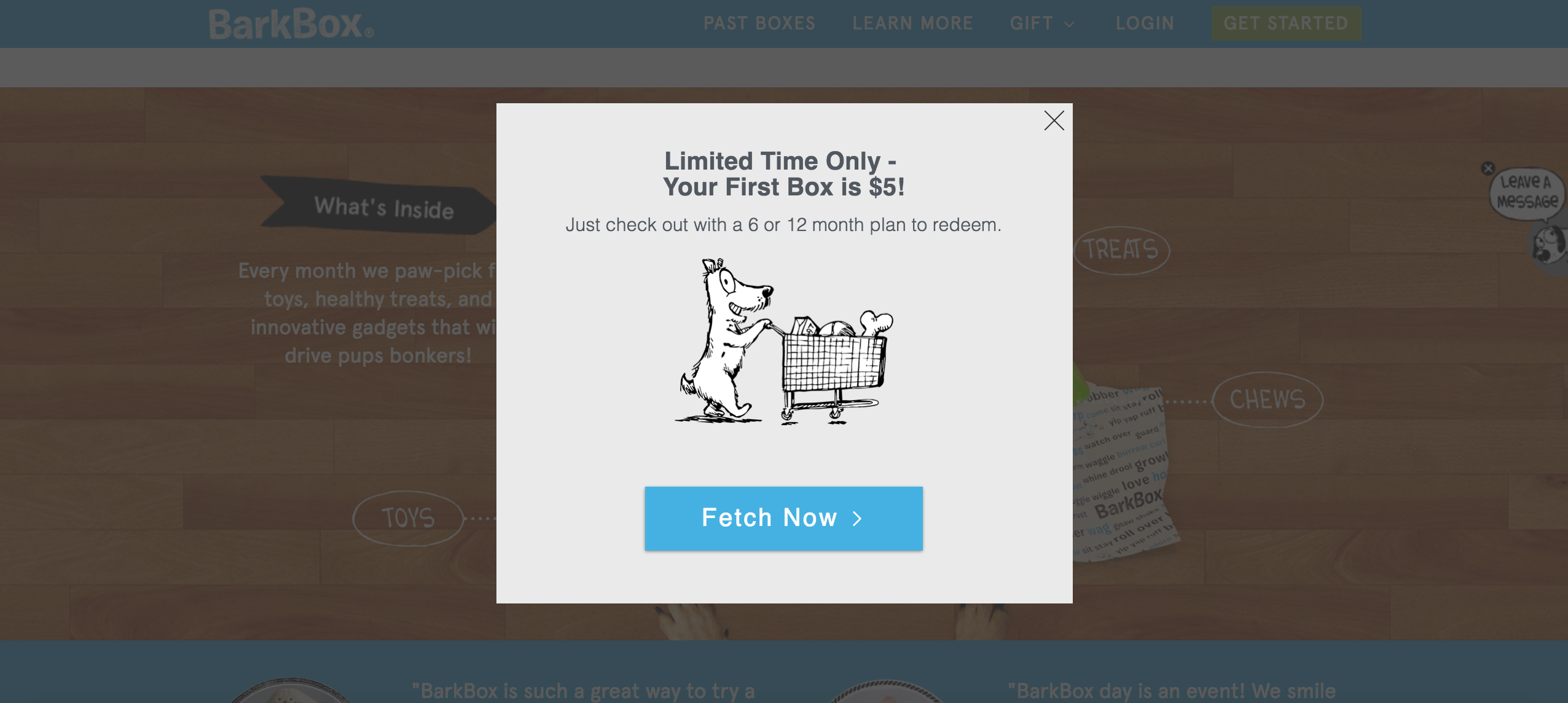
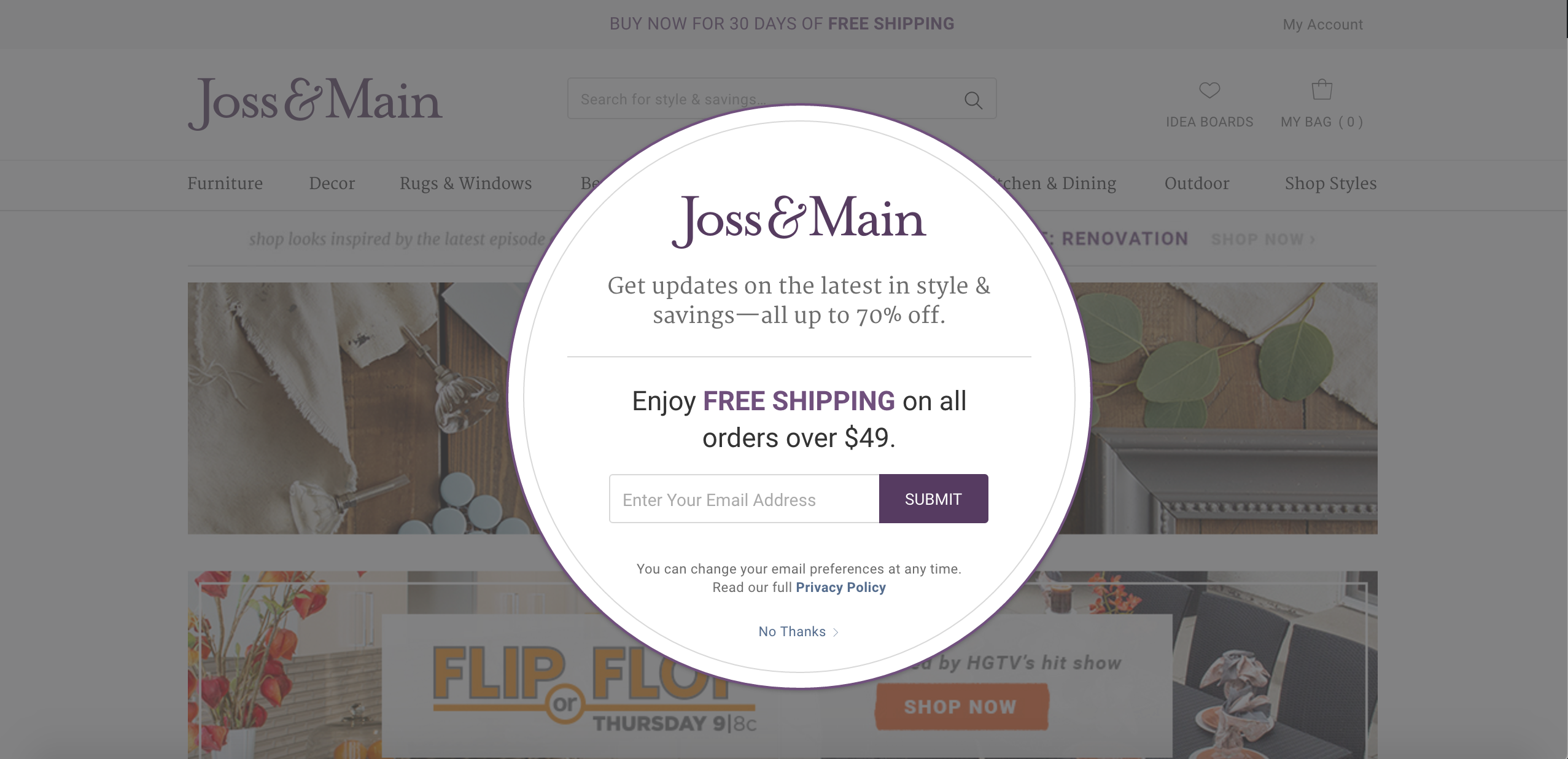
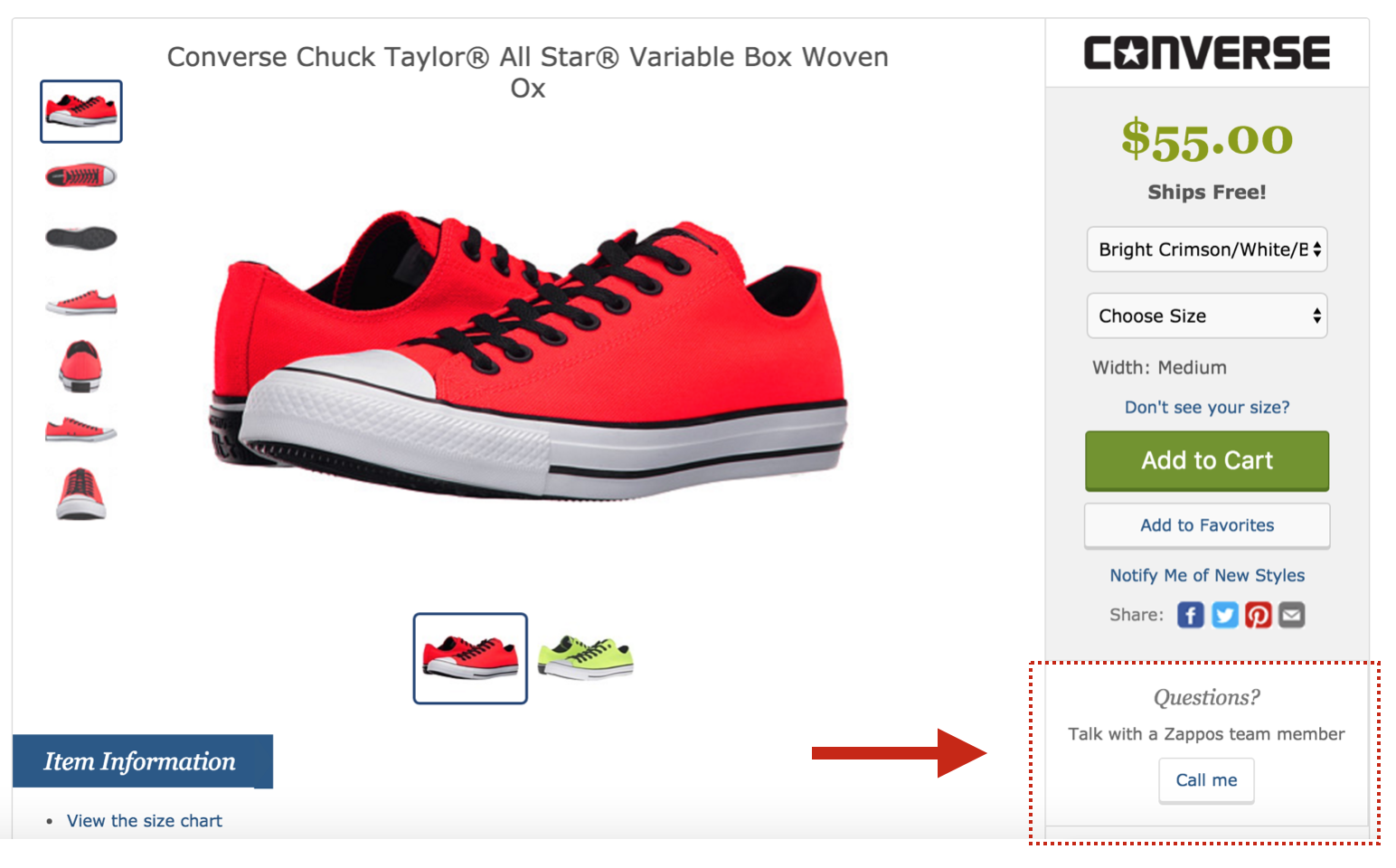
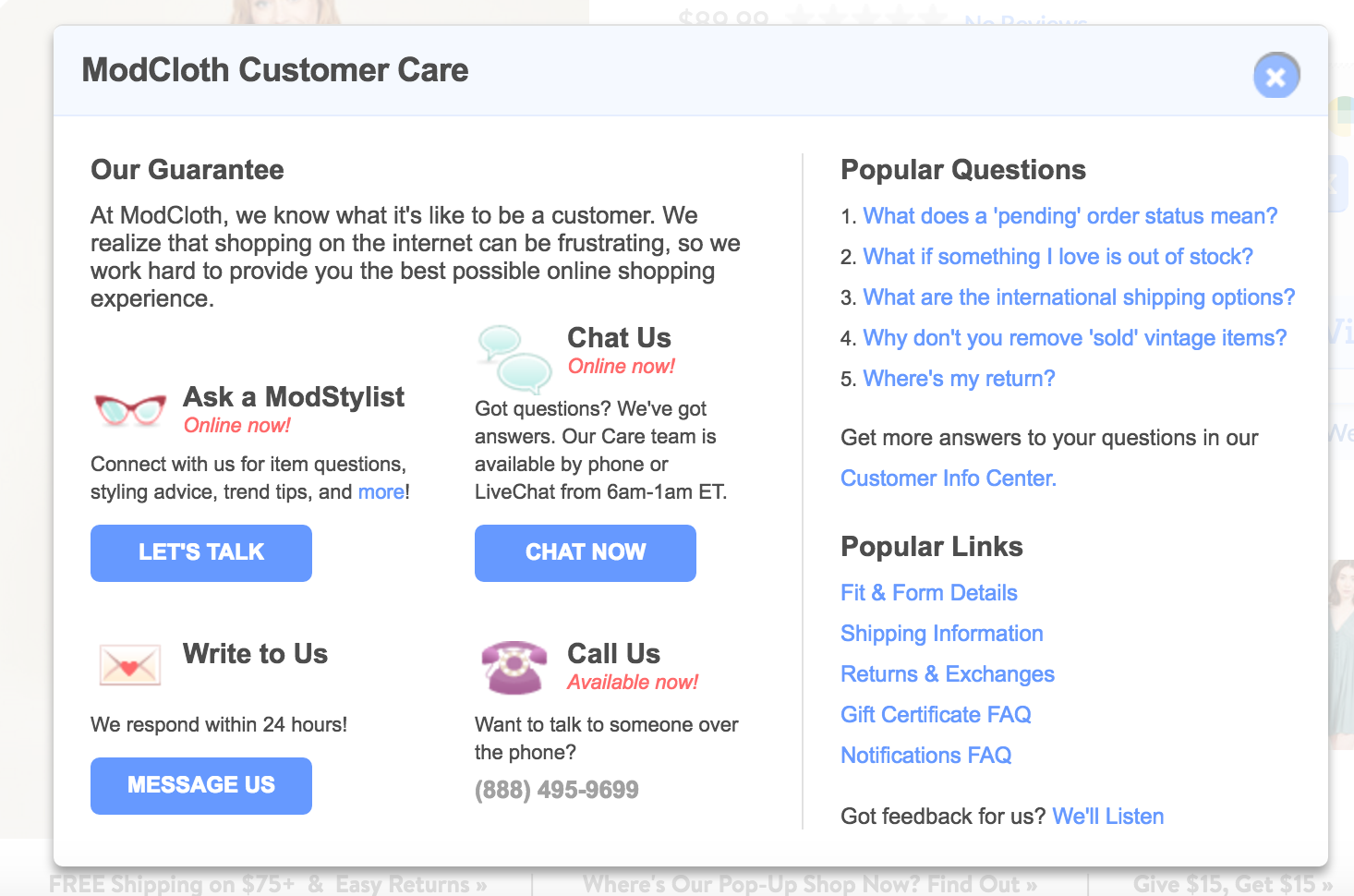
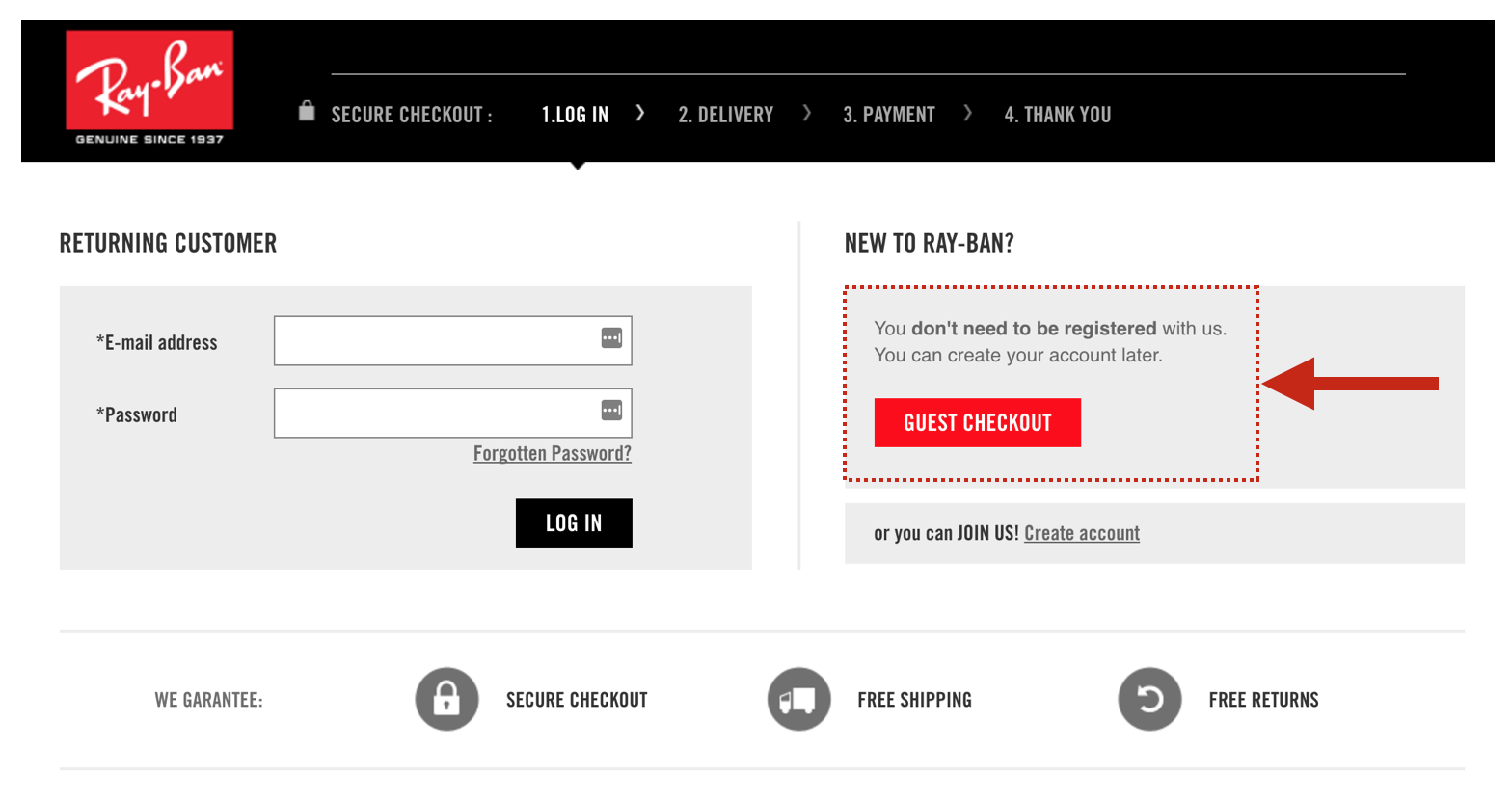
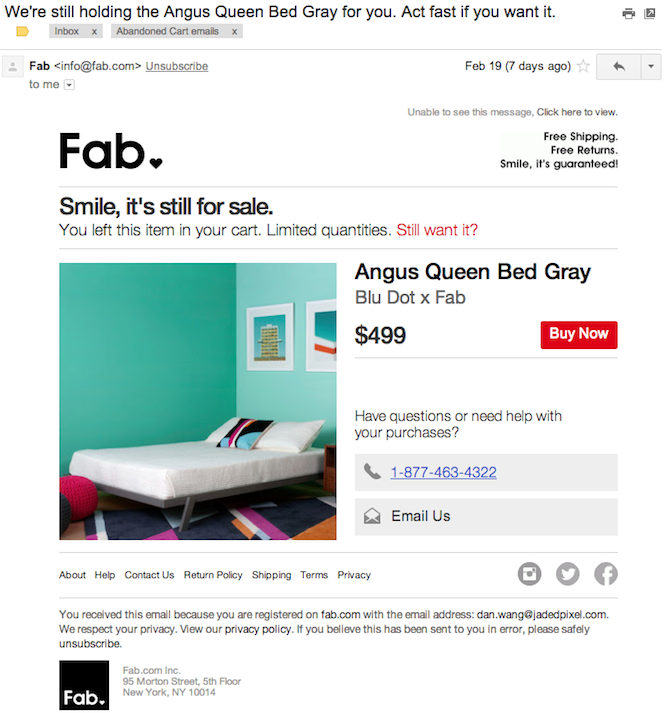
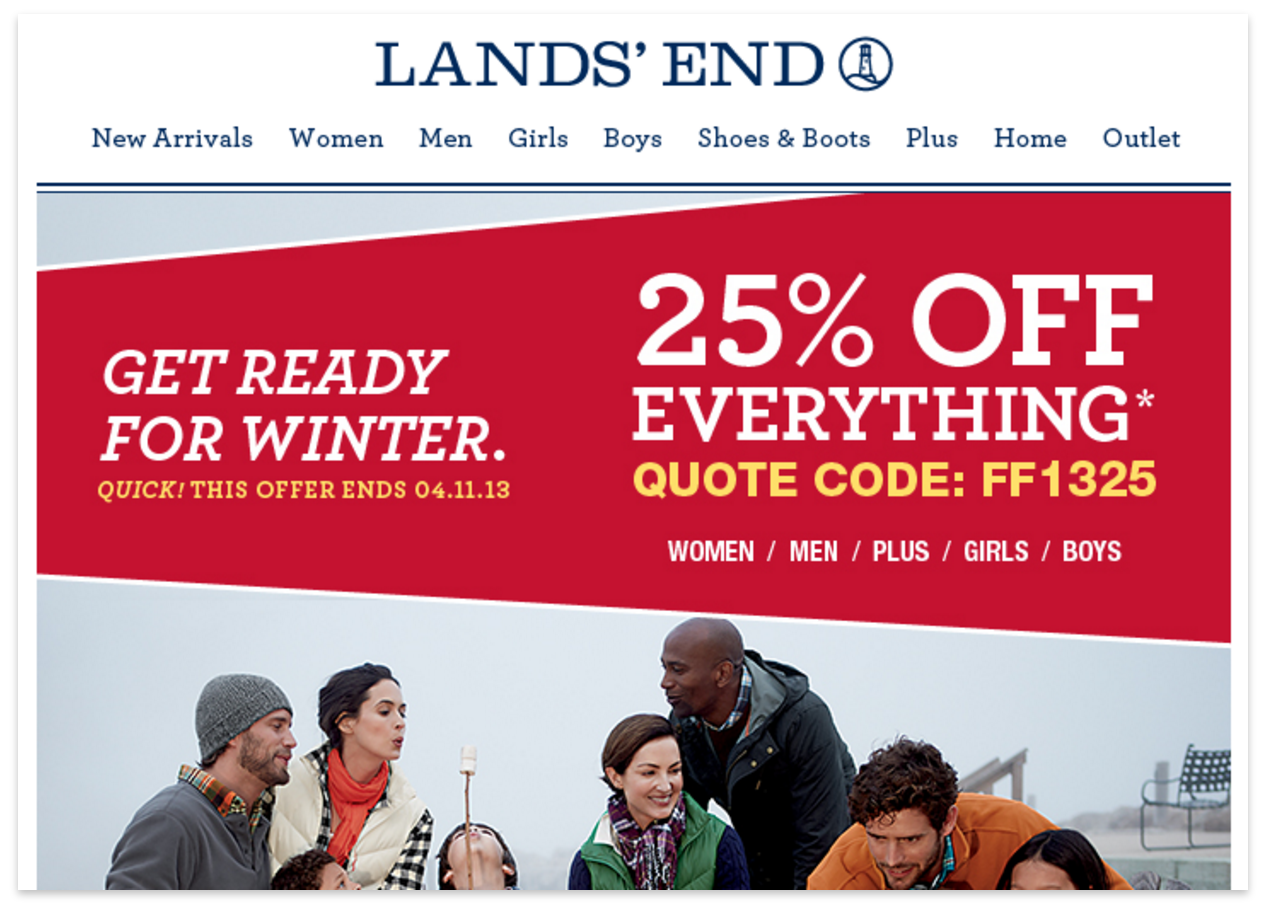
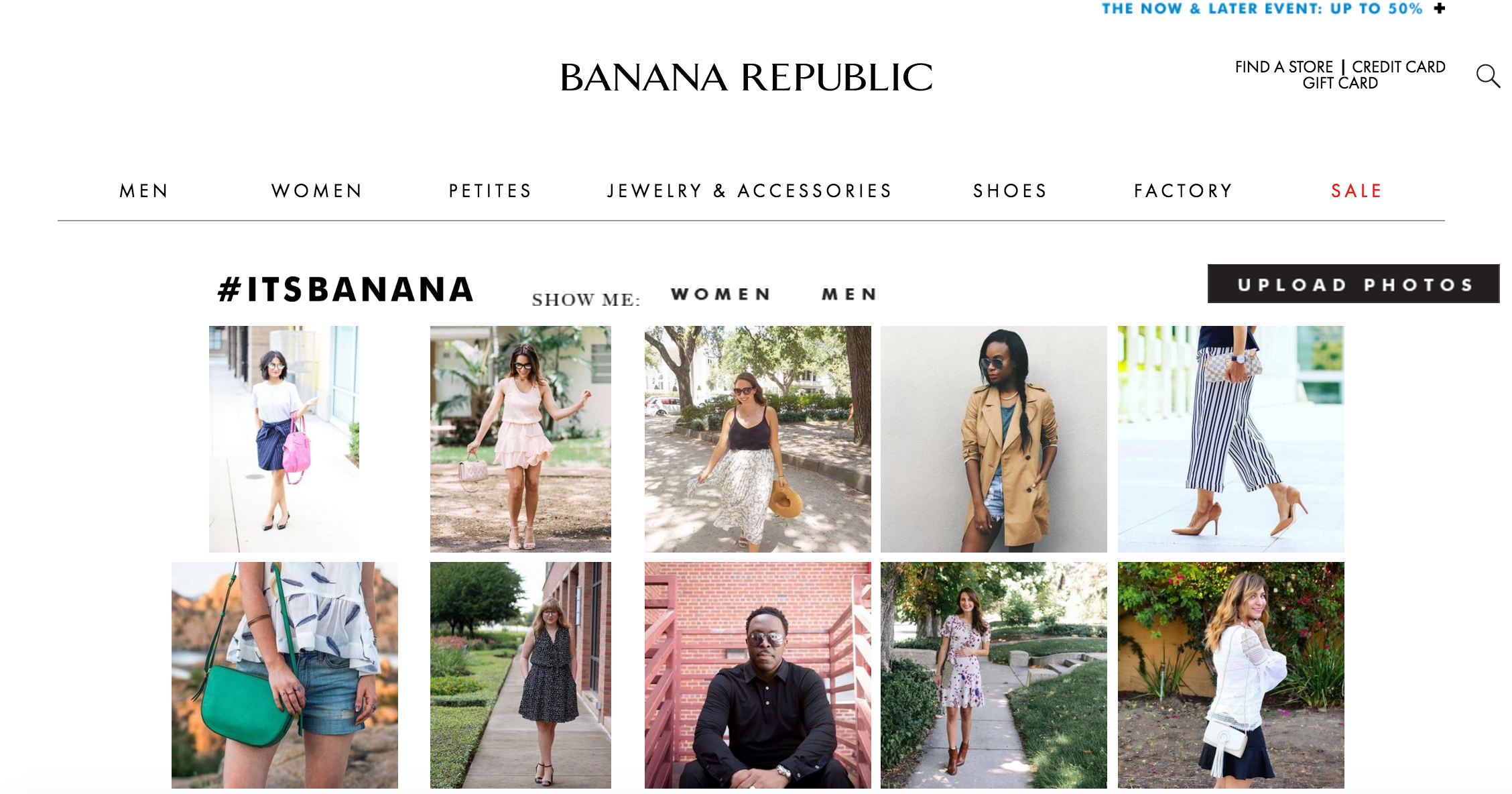
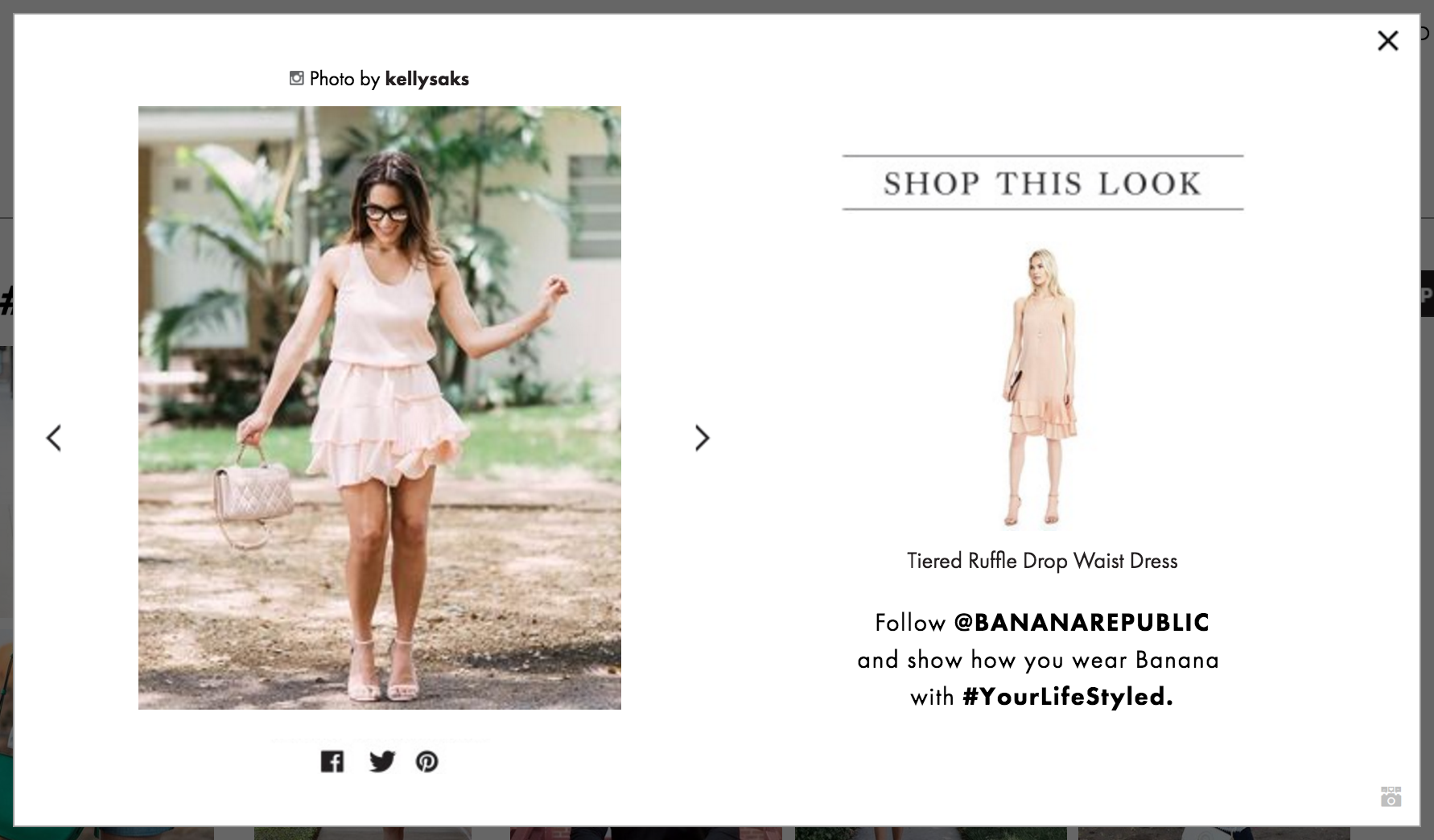
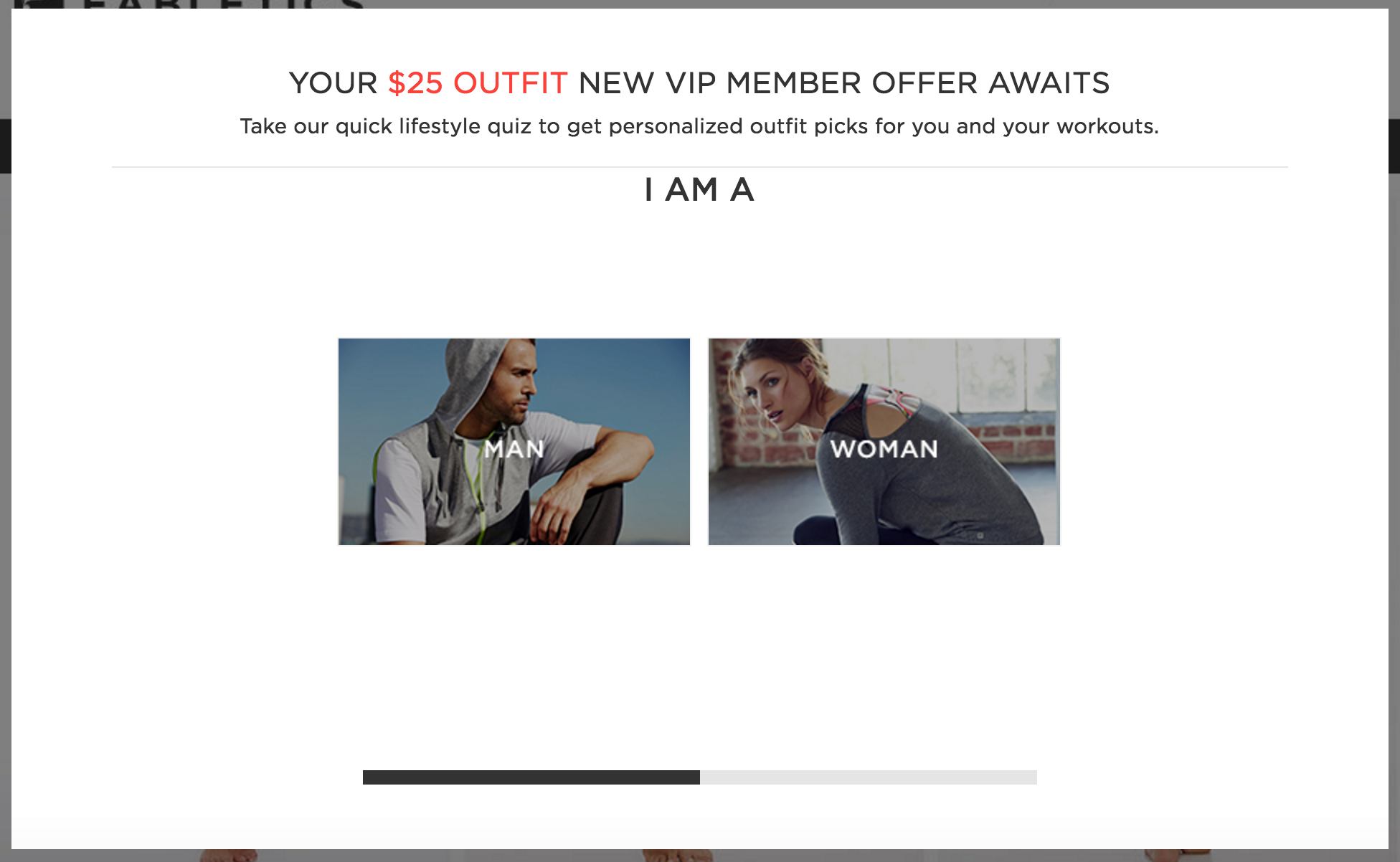
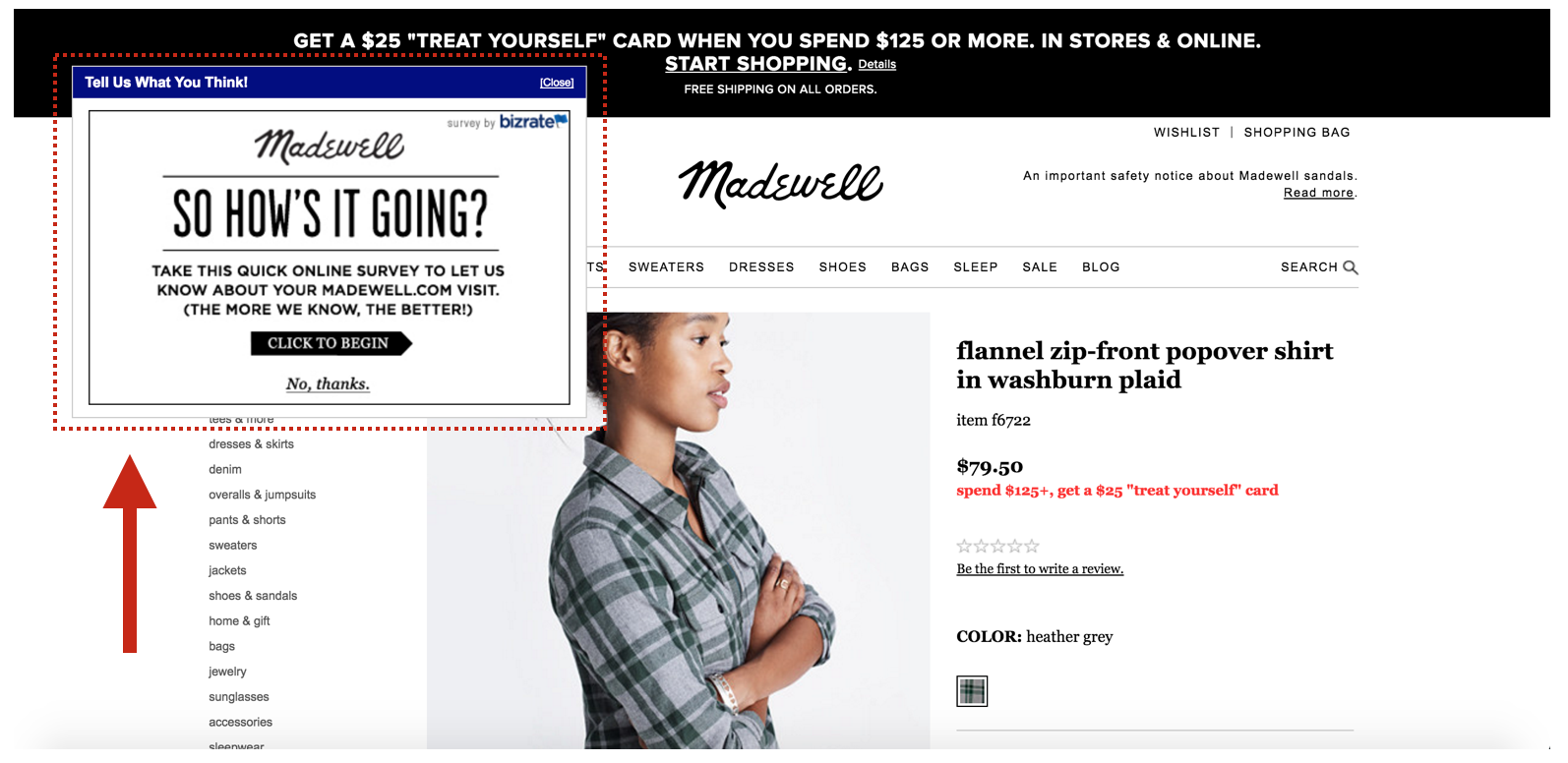
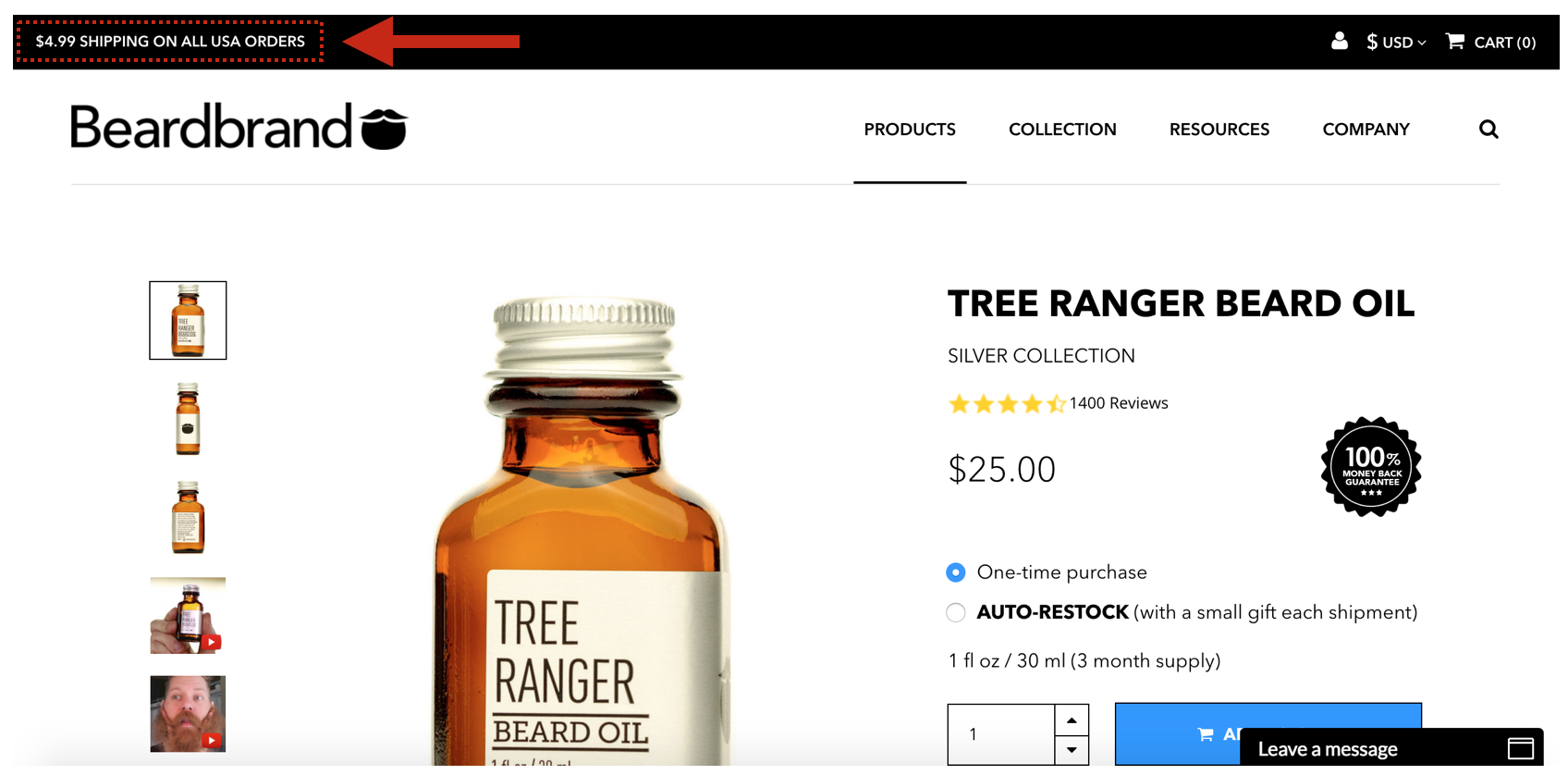
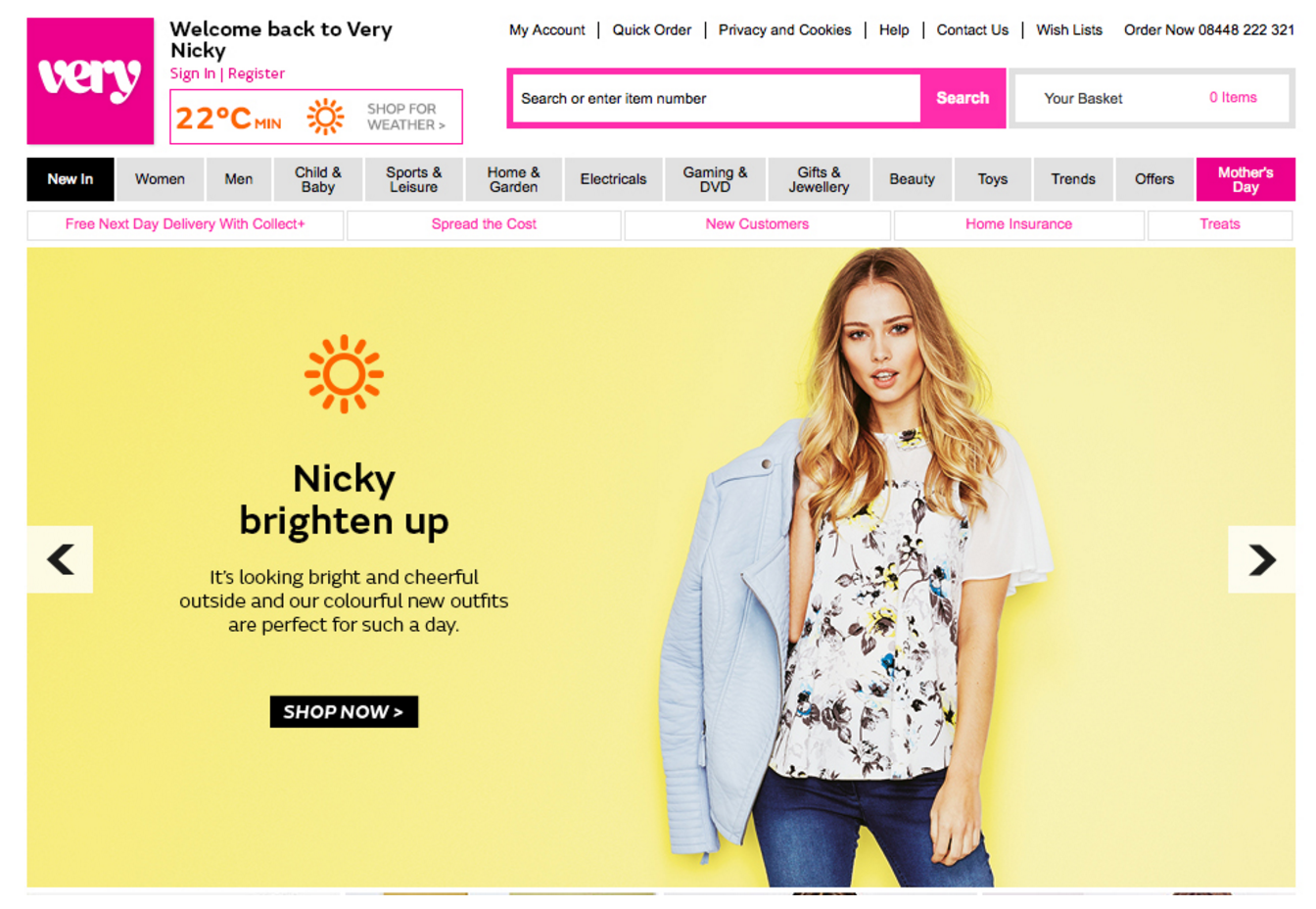
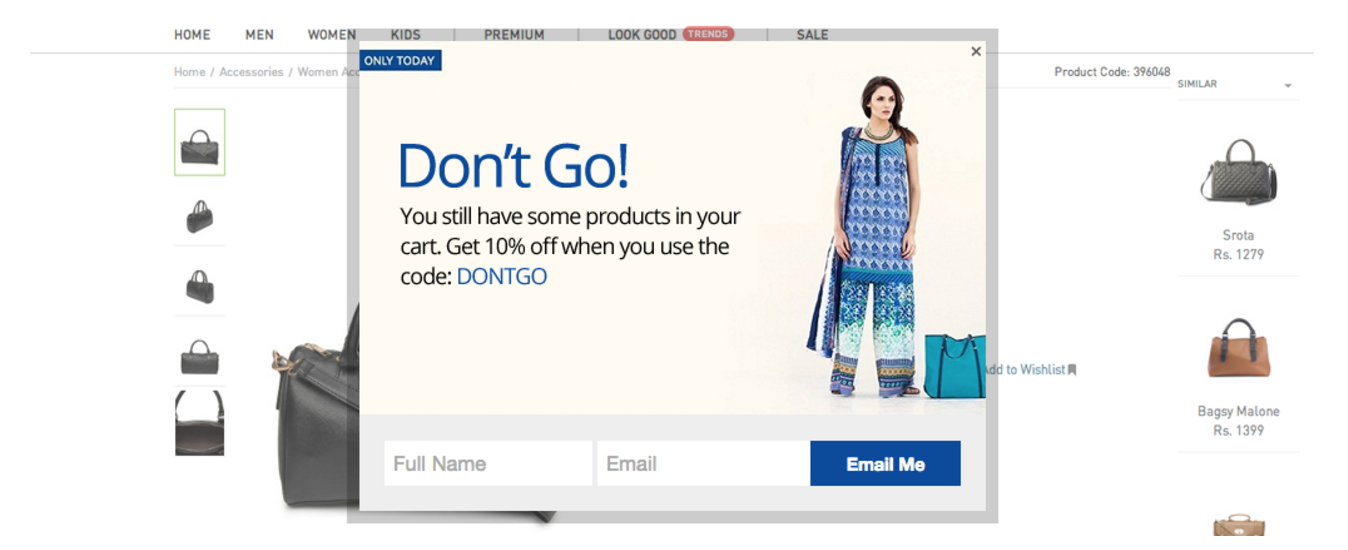

9 thoughts on “12 Tactics For Driving Visitors to Buy Now, Not Later”
Nice post, William! I always like seeing Beardbrand used as an example of ecommerce best practices – they’re so authentic and have a lot of a class.
Thanks Visakan – I agree, it’s hard not to like them.
Nice post, William! I always like seeing Beardbrand used as an example of ecommerce best practices – they’re so authentic and have a lot of a class.
Thanks Visakan – I agree, it’s hard not to like them.
Nice post, William! I always like seeing Beardbrand used as an example of ecommerce best practices – they’re so authentic and have a lot of a class.
Thanks Visakan – I agree, it’s hard not to like them.
Every business tries to get more visitors to their store and more people can purchase products. By implementing these 12 tactics, one can improve the chances of getting more sales.
Every business tries to get more visitors to their store and more people can purchase products. By implementing these 12 tactics, one can improve the chances of getting more sales.
Every business tries to get more visitors to their store and more people can purchase products. By implementing these 12 tactics, one can improve the chances of getting more sales.